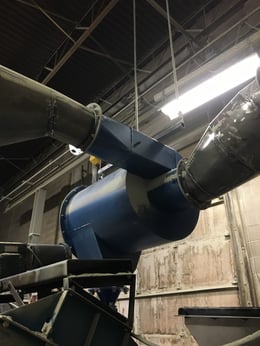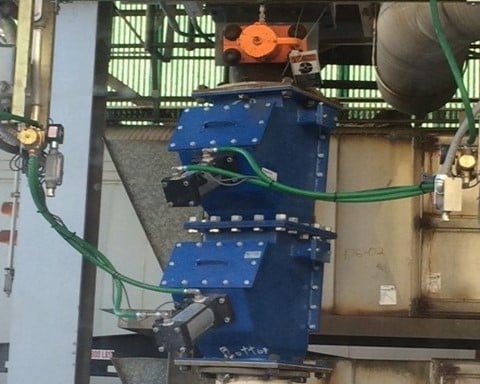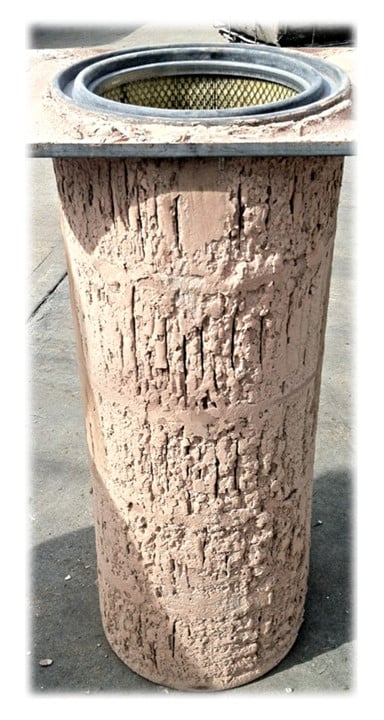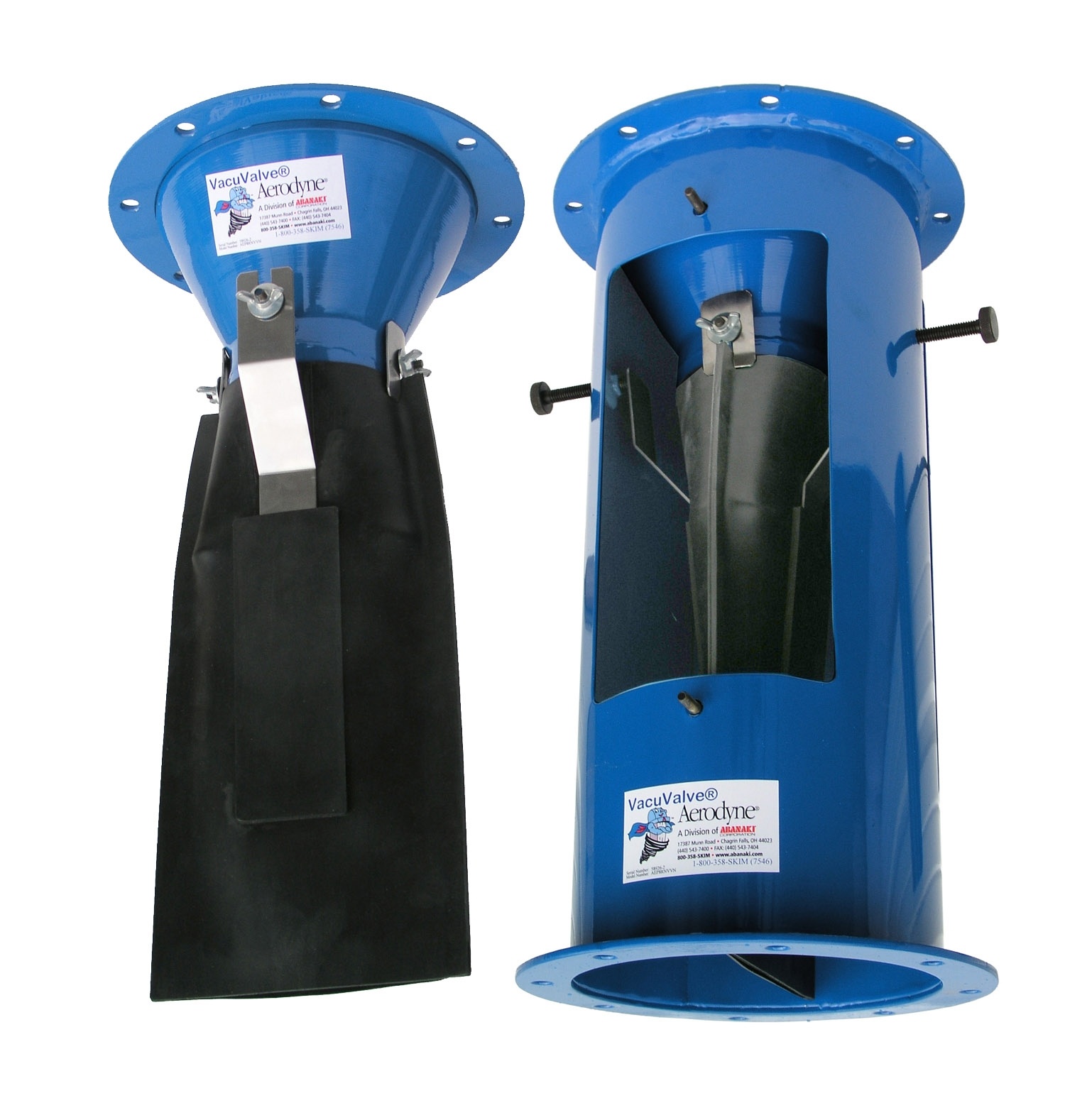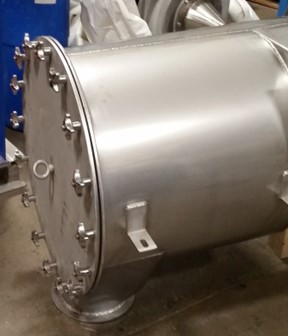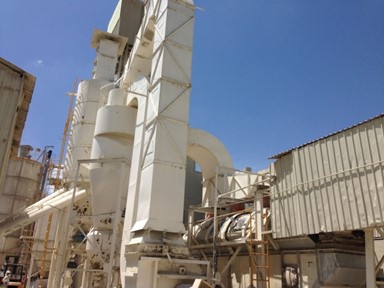What are the benefits of using a cyclone as pre-filter for a baghouse / cartridge collector?
If you are working with a high value material or product, have high maintenance costs to the baghouse/cartridge collector, or want to avoid cross-contamination, then you should investigate using a cyclone ahead of your baghouse or cartridge collector. The cyclone will allow you to recover the dust without contamination from the filters. The filters in a baghouse or cartridge collector use a dust layer built up on the filters to collect the dust from the airstream. During the process of filter cleaning, dust from this layer is dislodged and falls into the hopper. Any particulate from prior batches can cause contamination of the dust.
A cyclone, on the other hand, collects the dust and deposits it in the hopper continuously. There is very little dust buildup inside of a cyclone. This minimizes the chances of contamination from prior batches. Since there aren’t any filters, a cyclone can be washed or wiped out to remove the prior batch particles.
How does ductwork affect my system?
Ductwork is usually by far the largest component and often the most overlooked. Depending on the size of your system, the ductwork can span hundreds of feet and have dozens of side streams. The ductwork is like railroad tracks, it moves the dusty air from one place to another.
Often times, additional lines will be added to a dust collector system after installation. Without proper evaluation of the system, this could negatively affect the performance of the whole system.
This means that just because the dust collector system was operating correctly before, it might not after an additional pickup point or hood is added. What happens is that when you add additional pickup points, you change the balancing of the system. This could change the airflow to each and every hood and pickup point in the system, so while the system was originally adequately venting an area, it might not after a change.
A few things can be done to address this, such as changing fan speed, adding dampers, modifying ductwork, etc. The main thing you need to keep in mind is that if you slow the airflow through ductwork too much, you begin to build up dust within the line. This will further restrict your airflow and it can become a fire / explosion hazard.
Airlocks FAQ Volume 1
Airlock valves are important components in many dust collection and process systems, yet they are often overlooked. We hope this helps you choose your next airlock.
To learn more about which dust collector, please contact our experts at 440-543-7400 or visit our website: www.dustcollectorhq.com



